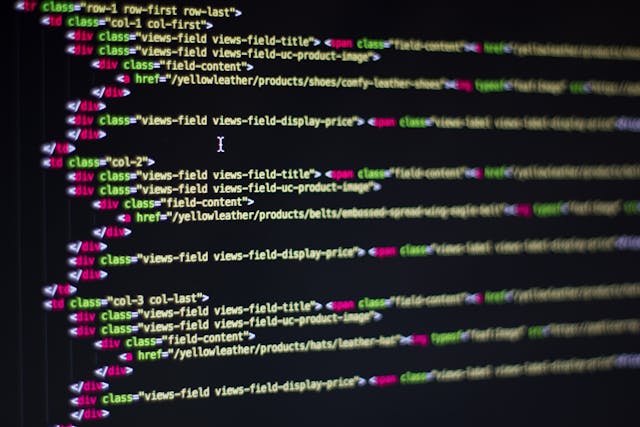Introduction
In this digital age, full-stack web development is perhaps the most sought-after skill. You might either be interested in developing your own websites, become a freelancer, or get hired in a lucrative job; regardless of what you are looking for, learning full-stack development is a great resource.
1. Full-Stack Web Development.
A full-stack developer is the one who deals with both the front-end and back-end of web applications.
Technologies:
Front-End Development: HTML, CSS, JavaScript, React, or Angular
Back-End Development: Node.js, Express.js, Python, Django, Ruby on Rails
Databases: MySQL, PostgreSQL, MongoDB
Version Control: Git and GitHub
Deployment & Hosting: AWS, Firebase, Netlify, Vercel
2. Step-by-Step Roadmap to Full-Stack Development
Step 1: Master the Basics of Web Development
You need to learn the basics before getting into advanced frameworks:
HTML: Webpage structure
CSS: Layouts and styling (CSS Flexbox, Grid, Bootstrap, Tailwind CSS)
JavaScript: Programming fundamentals, ES6+, DOM manipulation
Step 2: Become a Master of Front-End Development
To develop interactive and responsive web applications, you need to learn:
JavaScript frameworks such as React.js, Vue.js, or Angular
Responsive web design with CSS frameworks
State management using Redux (for React)
Step 3: Get Familiar with Back-End Development
Once front-end skills, switch to back-end technologies:
Study Node.js and Express.js for server-side development
Deal with databases (SQL & NoSQL) like MySQL and MongoDB
Study authentication (JWT, OAuth, Firebase Auth)
Step 4: Learn Version Control (Git & GitHub)
Learn Git commands: git init, git add, git commit, git push
Work with teams using GitHub repositories
Step 5: Learn DevOps & Deployment
Learn to deploy applications with Heroku, Netlify, Vercel, or AWS
Manage servers and learn CI/CD pipelines
Step 6: Work on Real Projects
Create a portfolio website to display your skills
Create projects such as e-commerce websites, blogs, or task management applications
Work on open-source projects on GitHub
3. Full-Stack Development Resources
Platforms for Online Learning:
Udemy: Angela Yu’s “The Complete Web Development Bootcamp”
Coursera: React-Based Full-Stack Web Development
W3Schools, MDN Docs, and FreeCodeCamp for practice
Suggested Reading:
According to Marijn Haverbeke, “Eloquent JavaScript”
Kyle Simpson’s “You Don’t Know JS”
By Robin Wieruch, “The Road to React”
4. Opportunities for Employment in Full-Stack Development
You can pursue a variety of occupations after mastering full-stack development, including:
Full-Stack Programmer
Front-End Programmer
Developer of Back-End
Independent Contractor/Expert
Instructor of Web Development
In conclusion
To become a full-stack web developer, one must be committed to lifelong learning. Work on projects, adhere to this roadmap, and keep up with emerging technology. You will soon be on your way to a prosperous career in web development if you begin developing today!



Comments are closed